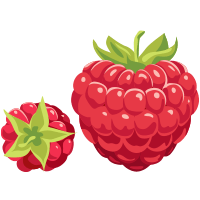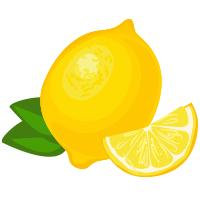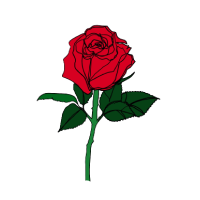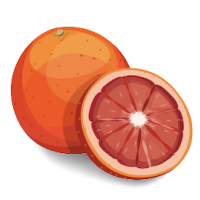Beautiful and intense pink colour, followed by an elegant aroma of flowers, raspberries and citrus fruit. You are spoiled with hints of roses in the taste, pink grapefruit and lychee. Lively and with a good fullness.
About Le Clos du Caillou
Le Clos du Caillou is located by the town of Courthézon, northeast of Châteauneuf-du-Pape, where the sandy fields with fist-sized pebbles are a perfect starting point for great Châteauneuf-du-Pape wines.
Domaine le Clos du Caillou has 58 hectares of vineyards, eight of which are located in Châteauneuf-du-Pape. In fact, the last 50 ha could also have been included in the Châteauneuf-du-Pape appellation, as they are only separated from the district by an old stone fence. The fact is, however, that the domaine’s Côtes-du-Rhône Villages and Côtes-du-Rhône Reserve are fully on par with several of the better Châteauneuf-du-Pape wines.
Clos du Caillou was founded in 1895 when Élie Dussaud settled down and created a wine cellar. The area started out as a hunting reserve, and this history ironically led to its exclusion from the Châteauneuf-du-Pape appellation when it was created in the 1930s. When the experts arrived at Le Clos du Caillou in 1936 to examine the land for inclusion in the new appellation, they were met with armed caretakers who told them they were not welcome! And that is indeed the reason for the seemingly inexplicable blank spot on the Châteauneuf-du-Pape appellation map. This is why Le Clos du Caillou produces Côtes du Rhône in the Chateauneuf du Pape area.
In the early 1900s, Châteauneuf-du-Pape was plagued by wine fraud. In 1923, different rules were set for the production of Châteauneuf-du-Pape – the first Appellation Contrôlée rules in France, which at the same time were the prototype for subsequent AOC rules. The original AOC rules allowed ten varieties, which were changed to thirteen in 1936 and eighteen in 2009. Baron Pierre le Roy of Château Fortia was the main architect behind the rules, which set the minimum alcohol level for the wines and set limits on the yield and the types of grapes that could grown in which area. Another of the Baron’s demands was that no vineyards were to be planted on land that was not dry enough to support plantings of both lavender and thyme.
It was not until 1955, with the Pouizin family at the helm, that the Caillou area with its wonderful terroir began to open up. Back then, the lands consisted mainly of forest, which was used as a hunting reserve. Claude Pouizin, began to clear the hunting reserve, as the terroir is unique with great potential for vines. So he decided to plant vines instead of forest, which was actually highly criticized among the inhabitants of Courthézon at the time.
Only in the 1970s did Claude Pouizin begin the production of the first bottles. His wife, Colette Pouizin, started trading the bottles and developed the commercialization of the wines. For 26 years Colette Pouzin developed the French market and especially sales in the wine cellar itself. She liked to welcome and share her passion for the wines and the magical place of Le Clos du Caillou with people from different parts of the world. Today, Le Clos du Caillou is drunk all over the world.
At the age of 61, Claude Pouizin passed on the legacy. It was his youngest daughter, Sylvie, who continued the work. In 1996, they left Sancerre and settled in Le Clos du Caillou with their 2-year-old daughter, Marilou, and their newborn, Axel.
Le Clos du Caillou was organically certified from the 2010 vintage. It was the result of an effort towards more natural methods, which was already begun by Claude Pouizin in the early 1950s. The shift lasted three years of transformation. In the same vein, part of the vineyard has been run biodynamically for some years.
In April 2020, Le Clos du Caillou took another big step by purchasing Domaine de Panisse. The beautiful property consists of a magnificent old building and 33 hectares in Châteauneuf-du-Pape, planted on an unusual terroir of sandy soil. The vineyards are composed of the traditional grapes of Châteauneuf-du-Pape: Grenache, Syrah, Mourvèdre and also old Cinsault from 1950. Some of the Grenache vines were even planted in 1924 and the entire production has been converted to organic farming.



